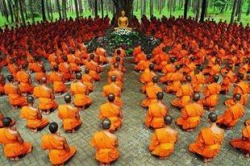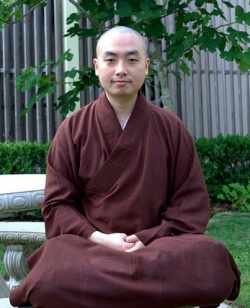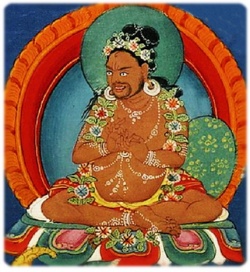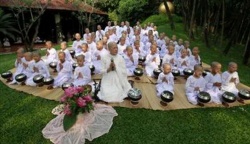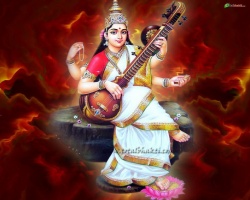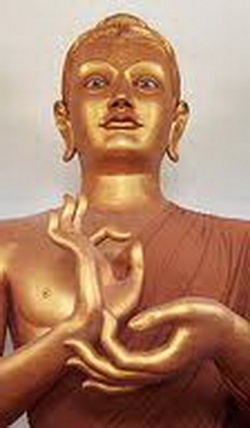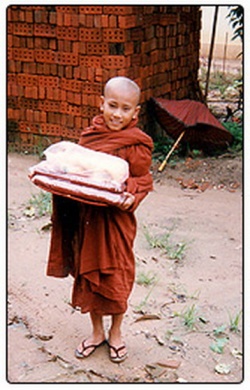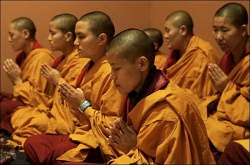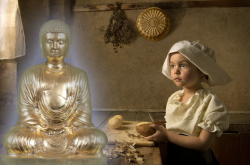One Hundred Dharmas
Based on Vasubandhu's Baifa mingmen lun 百法明門論
Mahāyāna śatadharmā-prakāśamukha śāstra
(Lucid Introduction to the One Hundred Dharmas)
T.31.1614
I. The Eight Consciousnesses - Citta-dharma 心法,八識
7. Focusing |
||
II. Mental Associates - caitta, caitasika-dharma 心所法
10. Pleasure/pain/neutral |
||
11. Volition |
||
13. Attention |
14. Desire |
||
16. Memory/mindfulness |
||
18. Discernment |
19. Faith/trust |
||
20. inner Shame |
||
21. Embarrassment |
||
22. Lack of Greed |
||
23. Lack of Hatred |
||
25. Vigor |
||
26. Serenity |
||
27. Carefulness |
||
28. Equanimity |
||
29. Non-harmfulness |
Mental Disturbances - Kleśa 煩惱
31. Aversion |
||
32. Stupidity |
||
33. Arrogance |
||
34. Doubt |
||
35. Perspectivality |
Secondary Mental Disturbances - Upakleśa 隨煩惱
36. Anger |
|||
37. Enmity |
|||
40. Envy |
|||
41. Selfishness |
|||
42. Deceit |
|||
43. Guile |
|||
44. Harmfulness |
|||
45. Conceit |
|||
46. Shamelessness |
|||
48. Restlessness |
|||
49. Mental fogginess |
|||
52. Carelessness |
|||
53. Forgetfulness |
|||
54. Distraction |
|||
55. Lack of self-Awareness |
|||
56. Remorse |
||
57. Torpor |
||
59. subsequent Discursive Thought |
III. Form - Rūpa-dharma 色法
60. Eye |
||||
61. Ear |
||||
62. Nose |
||||
63. Tongue |
||||
64. Body |
||||
65. visible form |
||||
66. Sound |
||||
67. Smell |
||||
68. Taste |
||||
69. Touch |
||||
b. Non-concrete form (space, color) analyzed to grandest extent |
||||
IV. Embodied-conditioning Not Directly perceived by Citta
Citta-viprayukta-saṃskāra-dharma 心不相應行法
71. (karmic) Accrual |
||
72. Life-force |
||
79. 'Predicate body |
||
80. 'Utterance body |
||
81. Birth/arising |
||
82. Continuity/abiding |
||
83. Aging/decaying |
||
84. Impermanence |
||
86. Determinant (karmic) Differences |
||
87. Unifying |
||
88. Speed |
||
89. Seriality |
||
90. Area (space) |
||
91. Time |
||
92. Number/calculation |
||
93. Synthesis |
||
94. Otherwiseness |
V. Unconditioned Dharmas - Asaṃskṛta-dharmas 無為法
95. Spatiality |
||
98. 'Motionless Cessation |
||
100. Ipseity |


